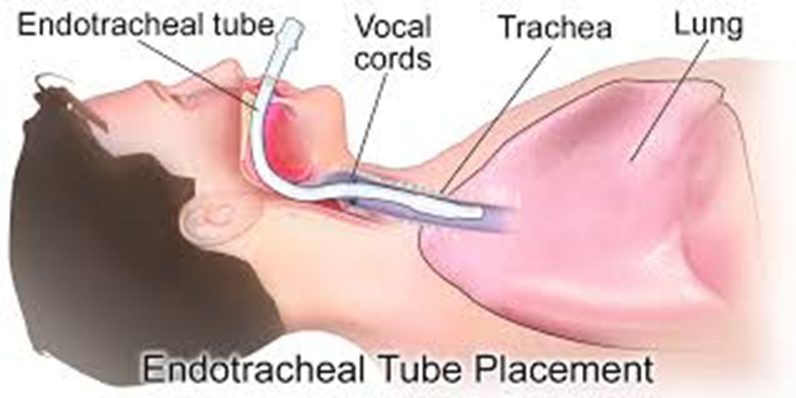A nurse is preparing a client who is to receive chemotherapy for treatment of ovarian cancer. Which of the following actions should the nurse plan to take?
Tell the client to expect dark stools following chemotherapy.
Have the client swish with commercial mouthwash before therapy.
Administer an antiemetic prior to the procedure.
Have the client floss 4 times daily.
The Correct Answer is C
Choice A reason: Tell the client to expect dark stools following chemotherapy
Dark stools are not a common side effect of chemotherapy. This symptom is more often associated with gastrointestinal bleeding or the use of certain medications, such as iron supplements or bismuth-containing compounds. Chemotherapy can cause a range of side effects, but dark stools are not typically one of them. Therefore, it is not necessary to inform the client to expect this symptom.
Choice B reason: Have the client swish with commercial mouthwash before therapy
While maintaining oral hygiene is important during chemotherapy, using a commercial mouthwash before therapy is not specifically recommended. Some commercial mouthwashes contain alcohol or other irritants that can exacerbate oral mucositis, a common side effect of chemotherapy. Instead, clients are often advised to use a gentle, alcohol-free mouthwash or a saline rinse to maintain oral hygiene and prevent infections.
Choice C reason: Administer an antiemetic prior to the procedure
Administering an antiemetic prior to chemotherapy is a standard practice to prevent nausea and vomiting, which are common side effects of many chemotherapeutic agents. Antiemetics help to improve the client’s comfort and adherence to the treatment regimen by reducing these distressing symptoms. This proactive approach is crucial in managing the side effects of chemotherapy and ensuring that the client can tolerate the treatment.
Choice D reason: Have the client floss 4 times daily
Flossing is an important part of oral hygiene, but flossing 4 times daily is excessive and can cause irritation or damage to the gums, especially in clients undergoing chemotherapy who may have a higher risk of oral mucositis and bleeding. It is generally recommended to floss once daily and to use a soft-bristled toothbrush to maintain oral health without causing additional trauma.
Nursing Test Bank
Naxlex Comprehensive Predictor Exams
Related Questions
Correct Answer is ["C","D"]
Explanation
Choice A reason:
Albuterol is primarily a bronchodilator and does not significantly reduce inflammation. Anti-inflammatory medications, such as corticosteroids, are typically used to address inflammation in the airways.
Choice B reason:
While albuterol can help reduce coughing episodes by opening the airways and making breathing easier, it is not its primary function. Coughing can be a symptom of bronchospasm, which albuterol helps to relieve.
Choice C reason:
Albuterol is effective in preventing wheezing by relaxing the muscles around the airways, which helps to open them up and allow more air to flow through. This action helps to alleviate wheezing, a common symptom of asthma and other respiratory conditions.
Choice D reason:
The primary function of albuterol is to open the airways. It is a bronchodilator that works by relaxing the smooth muscles around the airways, allowing them to widen and making it easier to breathe.
Choice E reason:
Albuterol does not stimulate the flow of mucus. Its main action is to relax the airway muscles and improve airflow. Mucus production is typically managed by other medications or treatments.
Correct Answer is B
Explanation
Choice A reason:
Turn the client every 4 hours: Regularly turning the client can help prevent pressure ulcers and improve overall circulation, but it is not the most effective measure specifically for preventing ventilator-associated pneumonia (VAP). While repositioning can help with lung expansion and secretion clearance, oral care is more directly related to reducing VAP risk.
Choice B reason:
Brush the client’s teeth with a suction toothbrush every 12 hours: Oral care is crucial in preventing VAP. Bacteria from the mouth can easily travel to the lungs, especially in intubated patients. Using a suction toothbrush helps remove dental plaque and secretions, reducing the bacterial load and the risk of infection. This practice is a key component of VAP prevention bundles.

Choice C reason:
Provide humidity by maintaining moisture within the ventilator tubing: While maintaining humidity is important to prevent drying of the respiratory mucosa and to help with secretion clearance, it does not directly reduce the risk of VAP. Proper humidification is necessary for patient comfort and respiratory function but is not a primary VAP prevention strategy.
Choice D reason:
Position the head of the client’s bed in the flat position: Positioning the head of the bed flat can increase the risk of aspiration, which is a significant risk factor for VAP. The head of the bed should be elevated to 30-45 degrees to reduce the risk of aspiration and promote better lung expansion.
Whether you are a student looking to ace your exams or a practicing nurse seeking to enhance your expertise , our nursing education contents will empower you with the confidence and competence to make a difference in the lives of patients and become a respected leader in the healthcare field.
Visit Naxlex, invest in your future and unlock endless possibilities with our unparalleled nursing education contents today
Report Wrong Answer on the Current Question
Do you disagree with the answer? If yes, what is your expected answer? Explain.
Kindly be descriptive with the issue you are facing.
